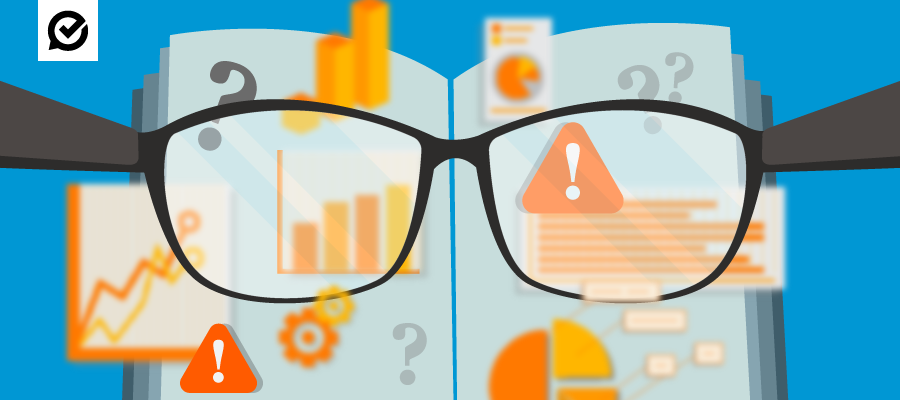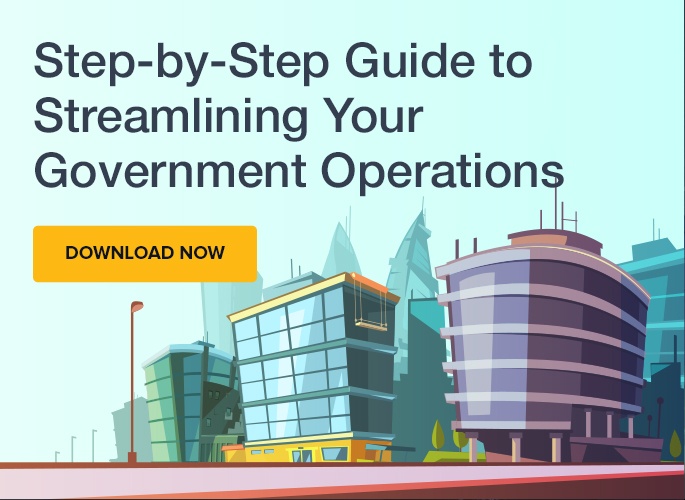We’ve written extensively about the importance of aggregating and tracking data, but what good is all that information if you and other members of your administration don’t optimize it?
The first step towards data optimization is data literacy—a skill that a variety of industries place an increasingly high premium on. Indeed, Gartner foresees 80% of organizations rolling-out internal data literacy initiatives within the next year. Take these three pieces of advice and join the movement.
3 Ways to Promote Data Literacy in Your Local Government
1. Employ Easy-to-Read Formats
Think of how a child learns to read words. Their parents show them colorful magnets shaped like letters. Their teacher reads aloud from a pop-up book. All methods employ visuals to help the child commit the sounds of the consonants and vowels as well as what they express to memory. Visual aids can also be used to help adults learn to read data. GovPilot’s government management platform boasts several features that present information in a clear, colorful, easy-to-digest format.
For example, upon login, each GovPilot user is greeted by their dashboard—a custom arrangement of color-coded tiles. When clicked, each tile opens a different view of data sets that shed light on project status and department productivity. GovPilot’s straightforward, aesthetically pleasing data display invites local government employees to see their day-to-day in facts and figures.

2. Establish KPIs
Seeing your day-to-day in facts and figures is a lot easier when you have cleary defined KPIs. KPI stands for key performance indicator, a quantifiable value that demonstrates how effectively objectives are met.While each local government department performs a different function, most can benefit from measuring the following KPIs: the volume and nature of service requests, the time it takes to satisfy them and the frequency of communication with constituents.
Local government employees of administrations that use GovPilot will watch these numbers drop, thanks to the system’s use of digital form, automated workflow and geographic information system (GIS) mapping technology.
.png?width=1004&name=Screenshot%20(264).png)
3. Involve Constituents
GovPilot’s aforementioned digital forms, automated workflows and GIS map successfully reduce the number of service requests, shorten project timelines and cut the time employees spend on conversations with constituents because each element involves the public in some way.
Digital forms remain on the county or municipal website at all hours for residents to complete from the comfort of home, automated workflows trigger emails to applicants that bear status updates and the GIS map, with its color-coded layers and icons, can be turned toward the public. Each piece of information shared goes a long way in reducing residents’ anxiety and teacing them to interpret and apply it—contributing to a truly smart district, in which, employees and residents alike are data literate.
From digital forms to dashboard, GovPilot offers local governments a wealth of tools to help foster data literacy and reap all of the benefits it brings.






